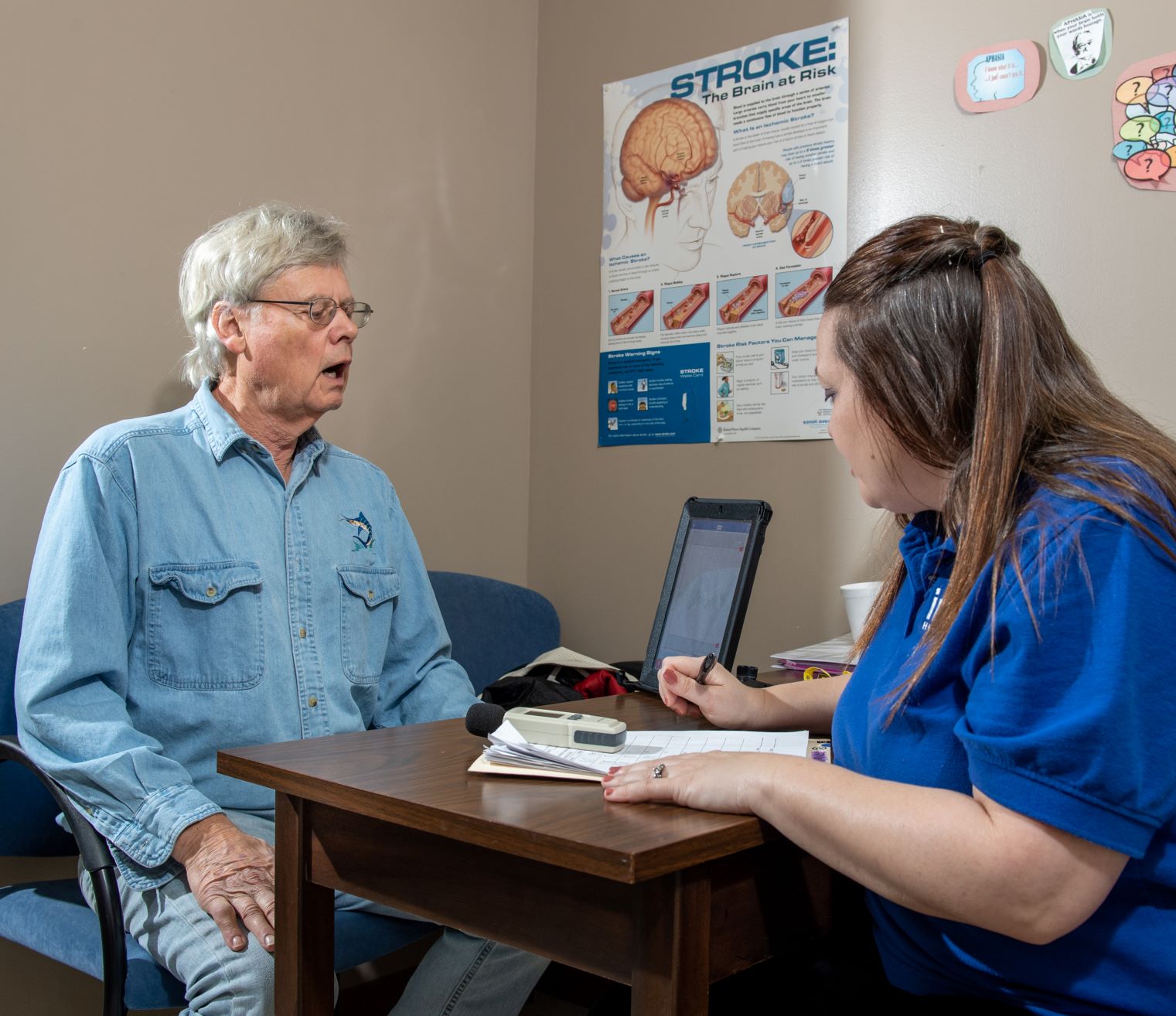Beat seasonal allergies and enjoy a sneeze-free summer with our ultimate survival guide full of...
Read More
Inspira Rehab Care Occupational Therapist, Holly Buono, OTR/L, CHT, explains how occupational therapy is different from the other types of therapies, and why it is an important part of any patient’s recovery plan.

When people hear the word “therapy,” often times their minds float towards one of two things—either physical therapy or talk therapy. But there is another form of therapy that benefits individuals of all ages by helping them to excel and live their best possible day-to-day lives… Occupational Therapy.
“Those who may benefit from occupational therapy aren’t confined to one demographic,” said Holly Buono, OTR/L, CHT, with Inspira Health Rehab Care. “Patients come from all walks of life, seeking help for a wide range of different physical ailments and conditions.”
Unlike physical therapy, which focuses largely on correcting pain experienced from an injury, building strength and increasing range of motion, occupational therapy corrects smaller, more minute complications.
“It’s easiest to think of the differences between physical and occupational therapy as Big vs. Small or Macro vs. Micro,” said Debbie Franceschini, Director of Inspira Health’s Rehab Care program. “Physical therapy focuses on rehabilitating larger functions, like restoring function to a leg after an accident. Occupational therapy, on the other hand, helps a patient to develop fine motor skills.”
Occupational therapy is comprised of varying types of treatment, which are determined by the therapist when they develop the patient’s therapy plan. An occupational therapy plan starts with the patient and therapist setting a goal, which will ultimately help the patient adapt to whatever difficulty they may be having in their daily lives.
Besides treatment of orthopedic conditions, often, occupational therapists may treat patients that have suffered a traumatic brain injury, have a developmental disability, or have experienced a health issue that has changed how they function.
Occupational therapists can be found working in hospitals, rehabilitation and outpatient centers, schools, and a variety of other places. Within each setting, they often have an occupational therapist assistant working alongside them.
At Inspira Rehab Care, we have Certified Hand Therapists. A hand therapist specializes in complex hand and upper extremity injuries and employs a variety of techniques and tools, including activity and exercise programs, custom orthotic fabrication and education to maximize goals and performance in a variety of settings.
Many times, an occupational therapist may prescribe the use of an assistive device to a patient in order to help them regain a function. These devices take many forms, but they may include a walking cane, extended grabber to reach things without having to bend or a wheelchair to improve mobility.
“Occupational therapists can prescribe the use of an assistive device for a short, defined period of time in order to help a patient relearn a skill, or as a long-term solution for a complication,” said Holly Buono, OTR/L, CHT.
Becoming a practicing occupational therapist requires a master's degree, as well as being licensed in the state in which you practice. If you’ve been having trouble recently with a task that used to be routine, don’t write it off. Ask your primary care provider if occupational therapy is a good idea for your treatment plan.
For more information about Inspira Health Rehab Care’s Occupational Therapy program and services, call 1-800-INSPIRA.

Beat seasonal allergies and enjoy a sneeze-free summer with our ultimate survival guide full of...
Read More
Sports medicine and rehabilitation help athletes prepare for the spring season by improving...
Read More
Specialty doctors provide expert care for specific health concerns, ranging from ear, nose and...
Read More